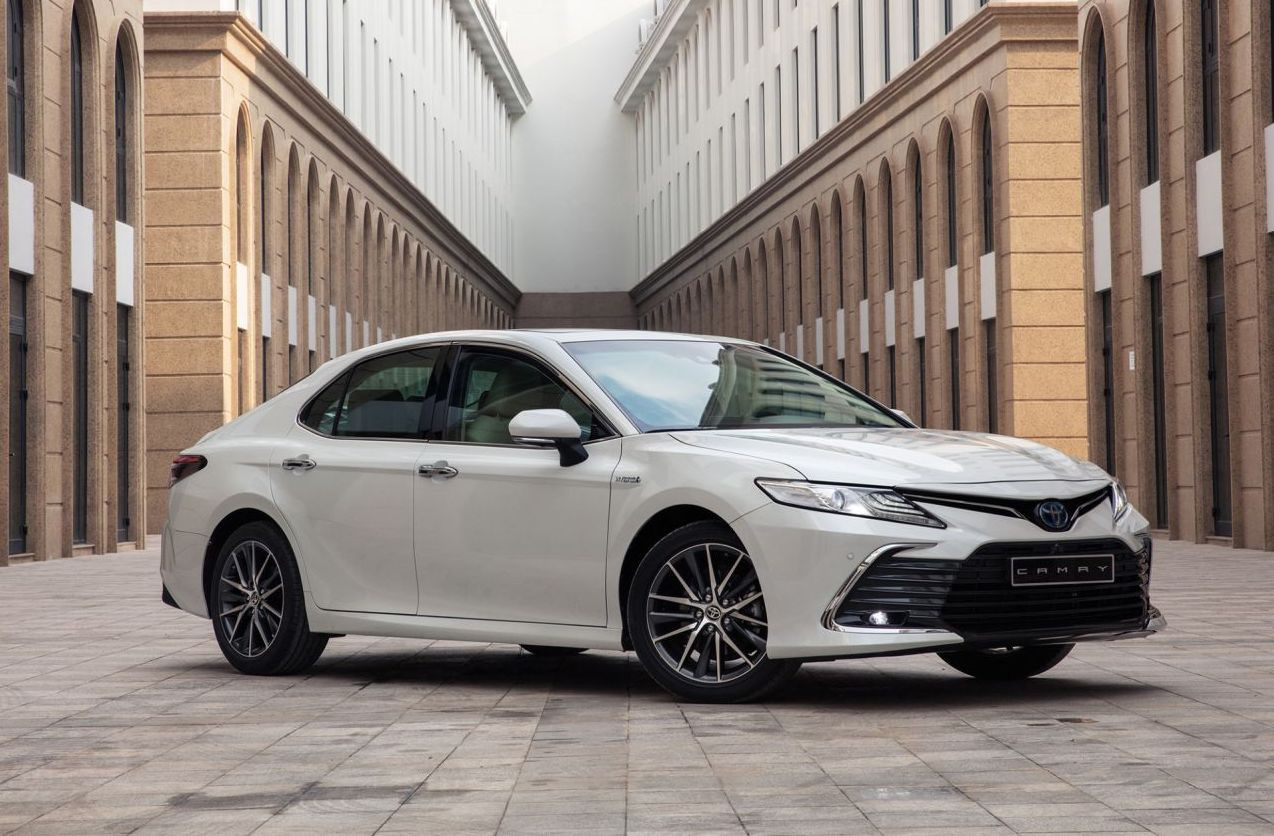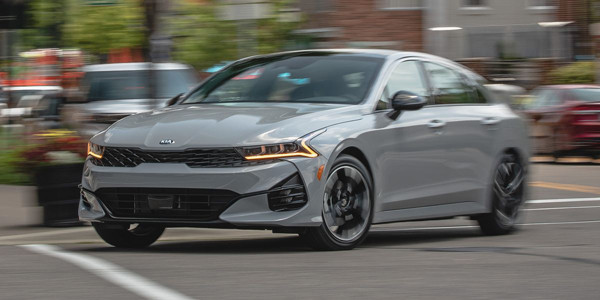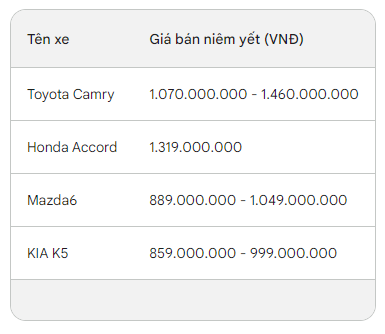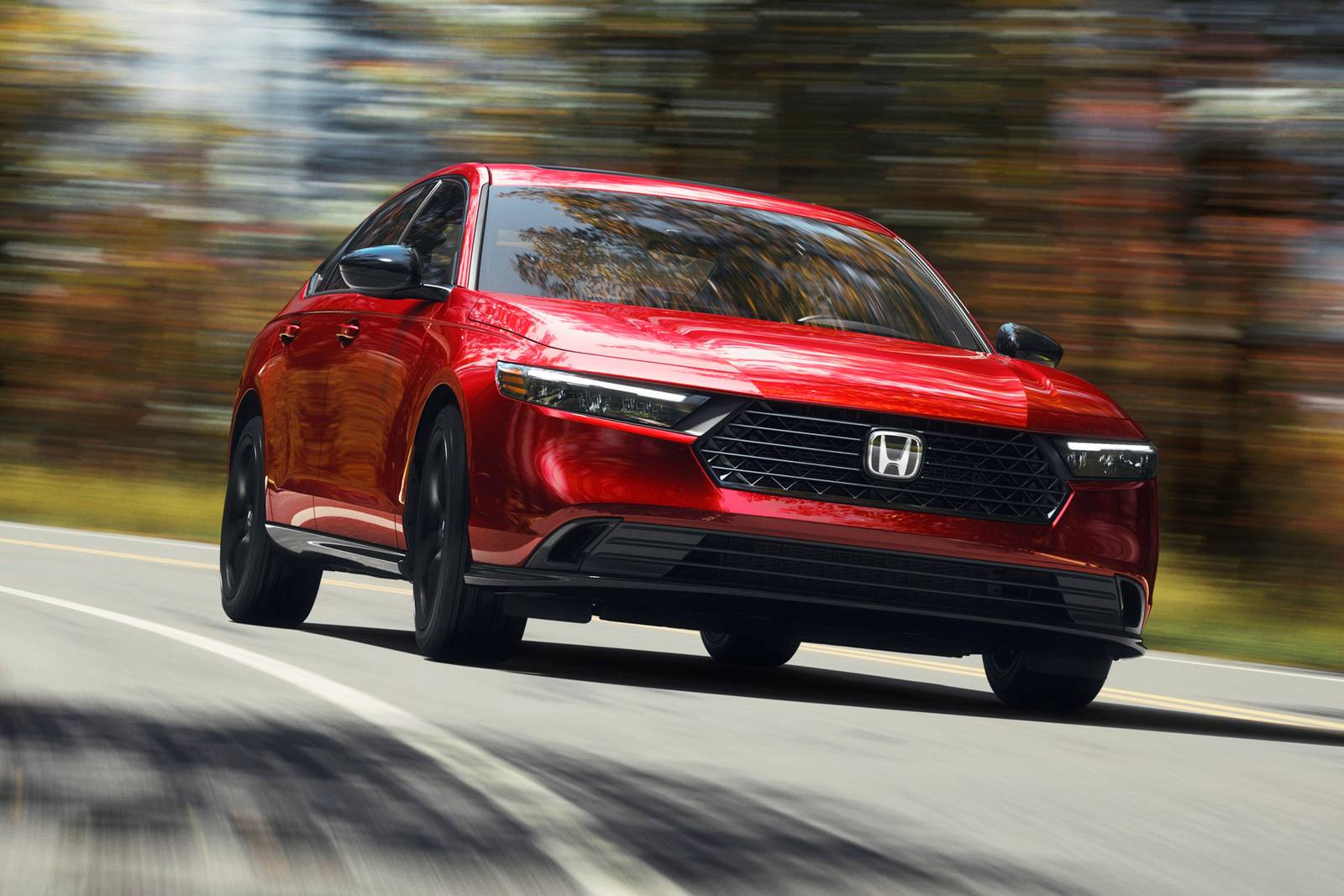The fading allure of the dream of many Vietnamese
Sedan, with its familiar image of a long, low-profile 4-door car, has been an icon of the automotive industry and the top choice for business people. Over more than 100 years, sedans have still existed in various segments from affordable to luxury, asserting their irreplaceable position.
In Vietnam, D-segment sedans also appeared early and had many well-known names, even being the dream of ordinary consumers, such as Toyota Camry or Honda Accord. For a long time, most of these sedan models had very good sales in Vietnam.
According to Vietnamnet, during the peak period, the D-segment sedans reached sales of over 10,000 cars per year.

Toyota Camry. Photo: Toyota
But now, models such asToyota Camry, Honda Accord, Madza6, KIA K5 are losing customers. Teana and Sonata, representatives of Nissan and Hyundai, had to stop selling due to poor sales performance.

Photo: KIA
Vneconomy cited a report from the Vietnam Automobile Manufacturers’ Association (VAMA) that in 2023, the best-selling model in the D-segment sedan category was the Toyota Camry with 2,429 cars (average of 200 cars per month), Mazda6 sold 1,094 cars, and Honda Accord only sold 58 cars throughout the year.
In January 2024, the total sales of the D-segment sedans reached only 195 cars, a 57% decrease compared to December 2023. The sales of Toyota Camry, Mazda6, and Kia K5 all dropped sharply. Among them, Toyota Camry reached only 103 cars; Mazda6 reached 50 cars and Kia K5 reached 34 cars. Honda Accord reached 8 cars.
Automobile business professionals predict that in 2024, the D-segment sedans will continue to be “forgotten”.So what is the main reason for this decline?

Current prices of some D-segment sedans. Chart created by Gemini, Google’s AI.
The rise of SUVs
Popular SUVs are a trend in the automotive industry worldwide, including Vietnam. Many customers are switching to CUV/SUV models such as Toyota Raize, KIA Sonet, or MPV models like Mitsubishi Xpander, Suzuki XL7 instead of traditional sedans.

SUVs are increasingly popular in Vietnam. Photo: TC Motor.
This shift is inevitable, as sedans have limitations in terms of commuting and current transportation needs.
Due to their low ground clearance, sedans have limitations when going on bad roads, speed bumps, or uphill roads. The interior space of sedans is also not as spacious as SUVs due to their 3-compartment structure. Therefore, users are gradually turning away from traditional sedans to choose a model that fits the trend better, which is SUVs.
Looking at the sales figures of automobile brands in Vietnam today, it is not difficult to notice the shift in user car-buying preferences. Among them, compact car segments and urban utility vehicles are increasingly favored by customers.
D-segment sedans have high prices that are difficult to reach and limited functions, making it difficult to meet the diverse needs of the majority of users. As the economy develops and the demand for car ownership increases, cars are becoming a means of daily transportation for everyone. Therefore, the advantages of SUVs, especially their competitive prices, are being promoted, especially when customers are trending towards a younger demographic and prefer sporty, modern vehicles like SUVs.

Current prices of some SUV models. Chart created by Gemini, Google’s AI.
Changes in sales strategies

Photo: Honda
In recent years, due to strong competition from SUVs, car manufacturers have begun to change their strategies for traditional sedans. As a result, the sedan segments have been clearly differentiated to serve 3 main target groups.
First, the premium segment serves customers who are truly financially capable. Second, the low-cost segment focuses on A-segment sedans. D-segment sedans have high prices compared to people’s income and are not prestigious enough to truly enter the luxury car market, making them “oversized” and difficult for the majority of customers to access.
The declining sales of the D-segment sedans have led car manufacturers to continuously apply promotions and price reductions, but they still cannot regain the previous performance of these models.








































